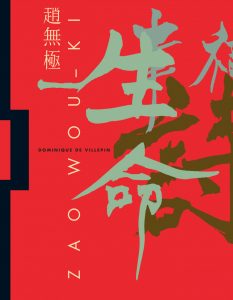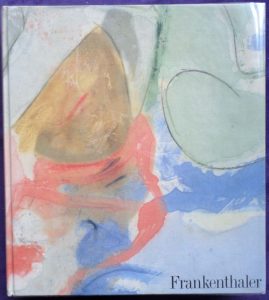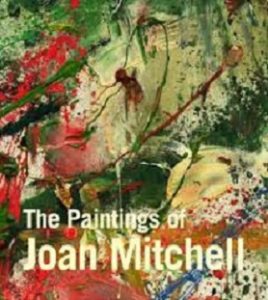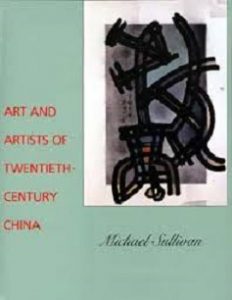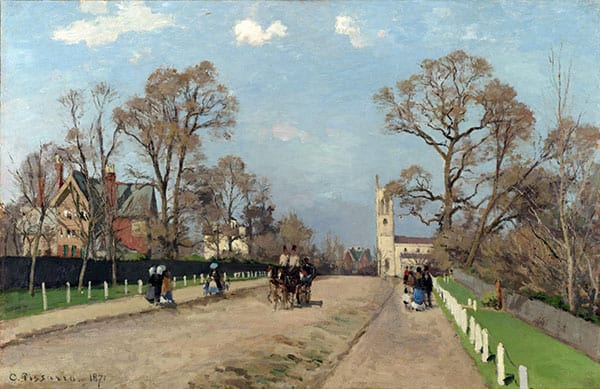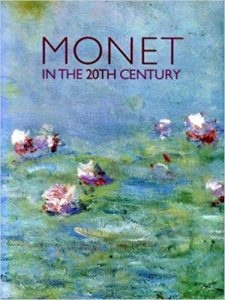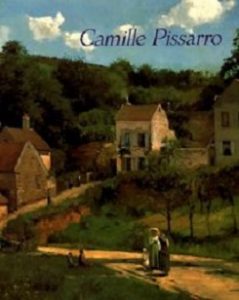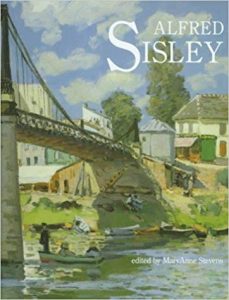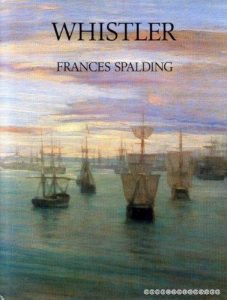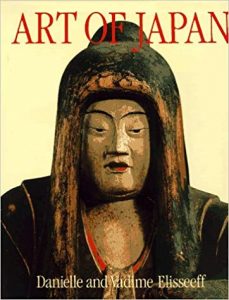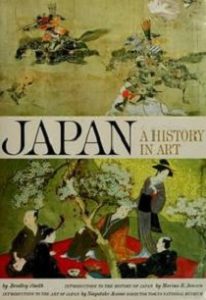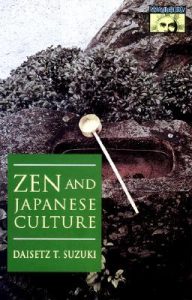
5 Literary Hotspots in Paris
9 August 2018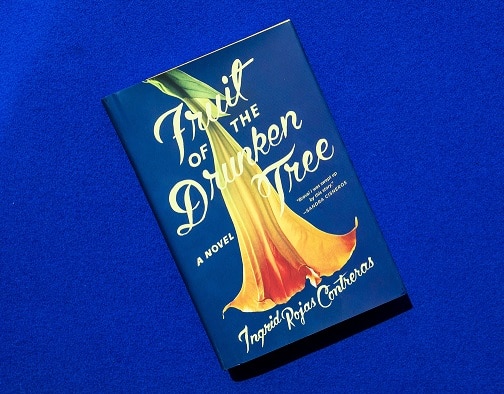
A literary interview with bibliophile volunteer Olga Ospina
3 September 2018The Library is pleased to present the Culture Picks for the month of September, curated, researched and written by Library volunteer Mike Duffy. September is famous for la rentrée which marks the official end of summer and the beginning of a new school year.
Our Picks this month include some exhibitions that have just a few more weeks before they close and the big fall exhibitions open. So be sure not to miss these great shows. Included in this month’s picks is a wonderful exhibition of impressionist works by artists including Pissarro, Monet, and Whistler, all in exile during a specific time and place. There is a unique opportunity to see 30 hanging scrolls by Ito Jakuchu, recognized as one of Japan’s greatest artists, shown for the first time in Europe. And finally, a truly astounding exhibition by Zao Wou-Ki, one of the greatest painters of the second half of the 20th Century and who painted in Paris for 60 years.
As always, we’ve selected books from our collection to go with the cultural visits. These books are displayed in the Members’ Lounge and available to be checked out.
Guest blogger: Mike Duffy lives in Paris following his retirement from a career in university teaching and management. He spent his first 30 years in Pennsylvania (born in Pittsburgh, college and grad school in Philadelphia), then spent a bit more than that in California where he taught accounting and finance at the Universities of California (Berkeley), Southern California and San Francisco. He can now be found in art museums, historic sites, and concert halls throughout the city.
THE IMPRESSIONISTS IN LONDON — FRENCH ARTISTS IN EXILE 1870-1904
PETIT PALAIS
Through 14 October 2018
The Impressionists in London is an exhibition of wonders: amazing paintings by Whistler and Tissot, outstanding Pissarro works, and, unbelievably, five Monet paintings of the British Parliament building side by side. It is not a major exhibition of Impressionist works; instead, it is a display focusing on a time, a place, a set of people in which dazzling masterpieces shine among works tied together by their being by French people in exile. Near the start of the exhibition, the destruction of Paris wrought by two disasters — the defeat of the French by the Prussian army and the bloody history of the Commune—is shown in the ruins of the Hôtel de Ville, the rue de Rivoli and the Palais de Tuileries. These images provide some understanding of why French men and women fled to London in 1870, a way station for some, but for others a very fertile landscape.
The play of bright light and shadows, street and sky mark Pissarro’s The Avenue, Sydenham (1871) as a truly wonderful example of what will later be called Impressionism. In this work, too, you can see the very careful composition—trees framing the road traveling into the center of the canvas—and glorious sky that will become hallmarks of Pissarro’s work. In Dulwich College (around 1870) the play of light, shadows, reflections on water, along with framing trees, short brushstrokes, streaks of color rather than precise detail show mastery of all that will make the Impressionists seem so modern to their contemporaries. (Pissarro worked in England later in his career and examples of his better known, mature style grace another room in this exhibition.) Three works by Daubigny, close by the three Pissarro paintings, show water in dark, somber shades under the fog of London. While capturing the mists and fog of London would captivate these French painters, the contrast between the works of Daubigny and those of Pissarro is the contrast between a sensibility rooted in the past and one moving toward the modern.
The joyful and colorful paintings of London society by James Tissot delight in their bright, playful presentation of recitals and balls, as well as young couples on boats or bidding adieu at a gate. One striking portrait, Summer (L’été, 1876), shows Tissot’s command of composition with a carefully framed presentation of a well-dressed young woman in ruffles and bows that might remind you of any number of Monet works with drapery framing both sides and a view through window in the background. Early in the exhibition, there is a beautiful Tissot watercolor of a wounded soldier, a young man, seemingly bewildered perhaps as much by the sad fate of his nation as by his own suffering. There are many additional Tissot works, most on loan from outside of France, throughout this exhibition and all together these offer a chance to become acquainted with this very accomplished contemporary of the Impressionists.
French contemporaries working in exile in London included the sculptor Carpeaux, here represented by six excellent works. Not to be missed is his Bust of a Young Man (1879) which is filled with the dynamism of real life captured quickly in bold applications of clay to demonstrate technique to a group of students. Giuseppe De Nittis and Jules Dallou make notable appearances as members of the community of French exiles rather than as Impressionist artists.
The final, truly wondrous works at the Petit Palais focus on the Thames. Three simply outstanding Whistler paintings of the river, part of his Nocturnes series, hang side by side in a single room. These are delicate works of thinned paint spread from side to side to present sky and water in beautiful tones of blue and they will reward as much time as you can give them. The five Monet paintings side by side in the next room will repay your time as well. These are not mere repetitions; they are separate impressions of light and color, each amazing, but together a confirmation of Monet’s genius. The final paintings of the Thames are bold, very bright paintings by André Derain whose dealer sent him to London to present a contrast to the works of Monet. They indeed announce a new world following Matisse’s striking lead rather than the soft, even mellow, works of Monet. These final pieces by Whistler, Monet and Derain alone would make an outstanding exhibition, one with enough enough depth to captivate us, amaze us and fill us with wonder.
Recommended books from the Library collection:
THE COLORFUL REALM OF LIVING THINGS: JAKUCHU (1716-1800)
PETIT PALAIS
Through 15 October 2018
A unique opportunity to see the magnificent Images of the colorful realm of living beings by Ito Jakuchu, recognized as one of Japan’s greatest artists, occurs at the Petit Palais for four weeks only starting 15 September. The entire set of 30 hanging scrolls will be shown for the first time in Europe (and only the second time outside of Japan in the 250 years since their creation) and in bright colors and realistic detail present fish, birds, flowers and trees in imagined settings. These beautiful scrolls are treasures of the Japanese Imperial collection and should not be missed.
While filled with detail from careful observation, the flora and fauna of Jakuchu’s masterpiece also display the range of his imagination. Growing up in a family of means he enjoyed hours of watching parrots and peacocks amidst the plants of their garden. In these works, he blends precise images in creative ways, giving us, for example, single or multiple cocks and hens, red combs contrasting with black, white and brown feathers. He painted at a time when Kyoto artists were freed from rigid stylistic schools and he developed a totally personal style which at times appears very modern, even expressionistic. His scrolls of a myriad of shells or different types of fish could easily be contemporary posters for an aquarium that might decorate a child’s room, while subtly beautiful presentations of small birds appear timeless. He creates wonderfully complex, decorative pictures through the typically Japanese practice of “copying from nature.”
Recommended books from the Library collection:
ZAO WOU-KI: SPACE IS SILENCE
MUSÉE D’ART MODERNE DE LA VILLE DE PARIS
Through 6 January 2019
Recommended books from the Library collection:
